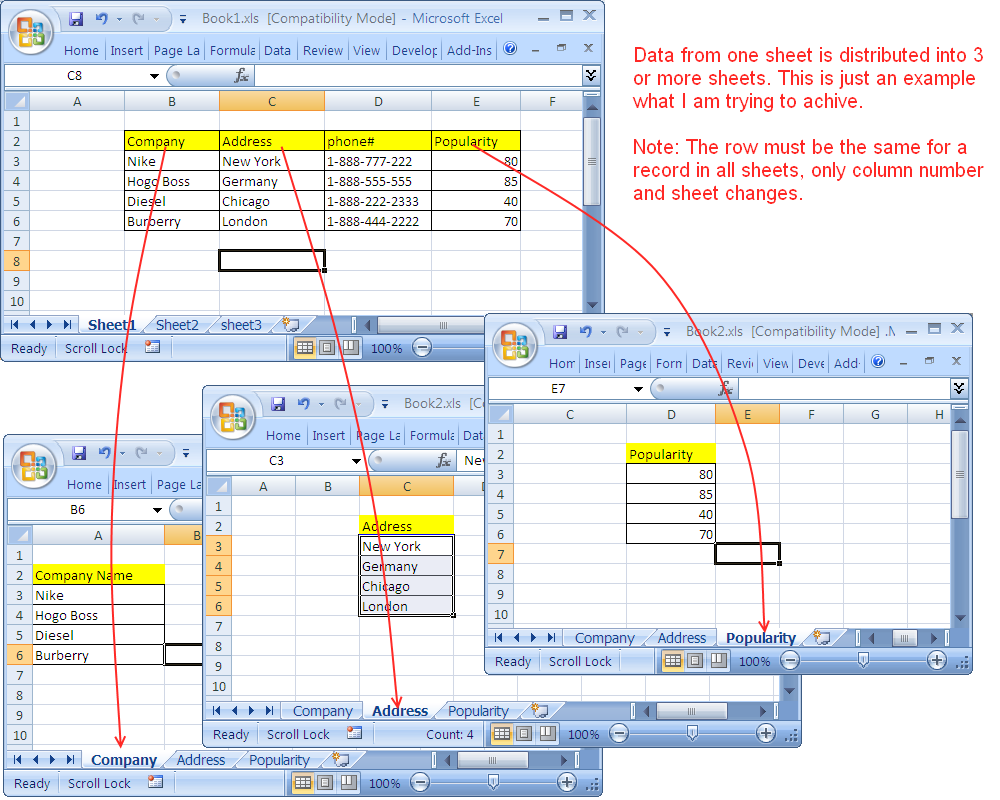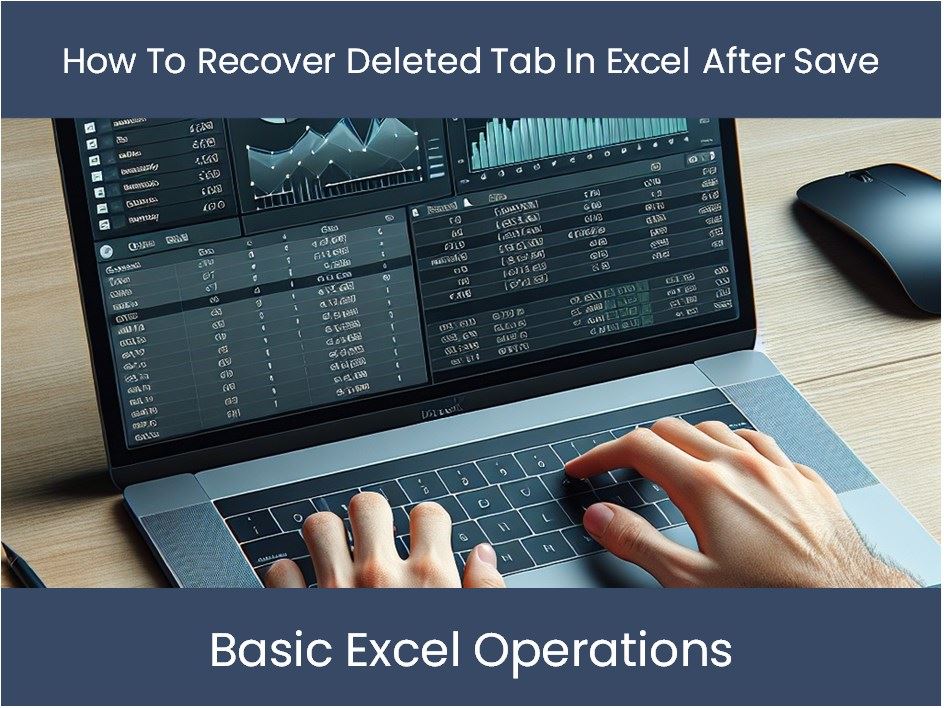Unlock Excel Secrets: Access First Sheet with C Code

Are you working on integrating Excel spreadsheets with your C programs? Whether you're a beginner or an experienced programmer, knowing how to interact with Microsoft Excel files through C can be incredibly useful. Today, we're going to delve deep into how you can programmatically access the first sheet of an Excel file using C.
Understanding the Basics

Before we dive into the coding part, let’s understand why this capability is important:
- Data Import: Excel files are widely used for data storage in many industries. Accessing them programmatically helps automate data extraction and analysis processes.
- Interoperability: C is foundational to many programming languages and systems. Enabling Excel integration broadens the scope of what can be built.
- Efficiency: Manual data handling is prone to errors and time-consuming. Automating these tasks increases accuracy and efficiency.
Setup Environment

To start, ensure you have the following:
- A C compiler (GCC, Microsoft Visual Studio, etc.)
- Excel files for testing
- Access to
libxllibrary or similar which supports Excel file operations in C.
Here’s how to set up the environment:
- Download and install
libxllibrary:- Download libxl
- Follow the installation instructions for your OS.
- Include the necessary header files in your C project:
#include “libxl.h”
🔧 Note: Make sure to link the libxl library during compilation or your code might not run due to missing dependencies.
Accessing the First Sheet

Let’s write a simple program that opens an Excel file and accesses its first sheet:
#include
#include "libxl.h"
int main() {
BookHandle book;
SheetHandle sheet;
char *fileName = "your_excel_file.xlsx";
int format = BOOK_TYPE_XLSX;
book = xlCreateBook();
if (!xlBookLoad(book, fileName)) {
printf("Failed to load the file.\n");
return 1;
}
sheet = xlBookSheet(book, 0); // Accessing the first sheet (index 0)
if (!sheet) {
printf("Failed to access the first sheet.\n");
xlBookRelease(book);
return 1;
}
int rows = xlSheetLastRow(sheet);
int cols = xlSheetLastCol(sheet);
printf("The first sheet has %d rows and %d columns.\n", rows, cols);
xlBookRelease(book);
return 0;
}
Here's what's happening:
- We open the Excel file with
xlCreateBookandxlBookLoad. - We use
xlBookSheetwith index 0 to get the handle of the first sheet. - We check the number of rows and columns to confirm sheet access.
Reading Data from the First Sheet

After accessing the sheet, here’s how you can read data:
if (rows > 0 && cols > 0) {
for(int row = 0; row <= rows; ++row) {
for(int col = 0; col <= cols; ++col) {
if (xlSheetCellType(sheet, row, col) != CELLTYPE_EMPTY) {
printf("(%d, %d): %s\n", row, col, xlSheetReadStr(sheet, row, col, FORMAT_UTF8));
}
}
}
}
Writing Data to the First Sheet

Similarly, to write data:
// Adding data to cell A1
xlSheetWriteStr(sheet, 0, 0, "Hello, World!", FORMAT_UTF8);
// Don't forget to save the changes
if (xlBookSave(book, "new_excel_file.xlsx")) {
printf("Excel file saved successfully.\n");
} else {
printf("Failed to save the file.\n");
}
Here’s a step-by-step breakdown:
- Open the workbook and the specific sheet.
- Modify or read data using appropriate functions like
xlSheetReadStrorxlSheetWriteStr. - Save changes if necessary.
🛑 Note: Always ensure you handle memory management correctly by freeing resources when they are no longer needed.
In wrapping up, our exploration into accessing and manipulating the first sheet of an Excel file with C code has shown how powerful and versatile this programming approach can be. From automating data tasks to enhancing interoperability with various systems, this technique provides a solid foundation for developers to interact with Excel documents in a more controlled and efficient manner.
How do I know if my Excel file has been correctly loaded?

+
Use the return value of xlBookLoad. If it returns false, the file was not loaded.
Can I access sheets by name?

+
Yes, use xlBookSheetByName instead of xlBookSheet.
What if the Excel file contains charts?

+
Accessing and manipulating charts are not supported by libxl. Consider using other libraries or tools for charts.
How can I automate Excel interactions?

+
By scripting or integrating your C program into larger systems or automation frameworks.



